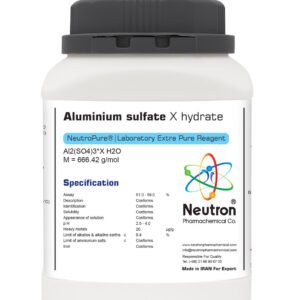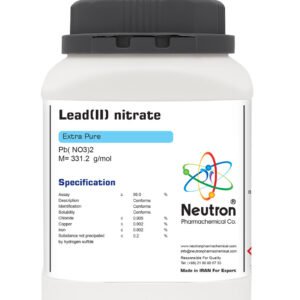Naphthalene
| Chemical formula | C10H8 |
| Density | 1.15 g/cm3 |
| Molar mass | 128.16 g/mol |
| HS Code | 29029010 |
| CAS number | 91-20-3 |
| Storage | Store at +15 to +25 C |
| EC number | 202-049-5 |
| SDS | available |
| RTECS | QJ0525000 |
| R phrase | R 22-40-50/53 |
| S phrase | S 36/37-46-60-61 |
| Odour | characteristic |
| Form | solid |
| Color | white |
| Ignition temperature | 540 °C |
| Explosion limit | 0.9 -5.9 Vol% |
| Solubility in water | 0.03 g/l (20°C) |
| Solubility in ethanol | 77g/l (20°C) |
| Falsh point | 80 °C |
| Boiling point | 218 °C |
| Melting point | 79 – 82°C |
| Vapour pressure | 0.08 hPa |
| Assay | ≥ | 99 | % |
| Description | Conforms | ||
| Identification | Conforms | ||
| Solubility | Conforms | ||
| Melting range | 79 – 81 | °C |
Naphthalene is a white to pale yellow crystalline solid with a strong, characteristic odor, widely known as a common moth repellent and an important industrial chemical intermediate. It is primarily used in the production of dyes, plastics, and pesticides.
🏭⚗️ Production
Naphthalene is primarily produced by the distillation of coal tar, a byproduct of coal carbonization. It can also be synthesized from petroleum-derived feedstocks through catalytic reforming. After extraction, naphthalene is purified by recrystallization to obtain its characteristic crystalline form suitable for industrial and laboratory use.
🔬 Properties
The chemical formula of naphthalene is C₁₀H₈, and its molar mass is approximately 128.17 g/mol. It appears as a white or pale yellow crystalline solid with a distinctive mothball smell. Naphthalene has a melting point of about 80.2 °C and a boiling point near 218 °C. It is sparingly soluble in water but readily soluble in organic solvents such as benzene, toluene, and ether. Naphthalene sublimates easily at room temperature, converting directly from solid to vapor.
🧪 Applications
Naphthalene is widely used as a moth repellent and deodorizer in households. Industrially, it serves as a precursor in the synthesis of phthalic anhydride, which is used to manufacture dyes, resins, and plasticizers. It is also utilized in the production of pesticides, synthetic lubricants, and certain pharmaceuticals. In laboratories, naphthalene is used as a standard in sublimation techniques and organic synthesis.
⚠️ Safety
Naphthalene should be handled with care as it can cause skin irritation and respiratory issues upon prolonged exposure. It is toxic if ingested or inhaled in large amounts and is classified as a possible human carcinogen. Proper personal protective equipment such as gloves, safety goggles, and adequate ventilation is essential when working with naphthalene. It should be stored in a cool, dry, well-ventilated place away from open flames and incompatible substances like strong oxidizers.





